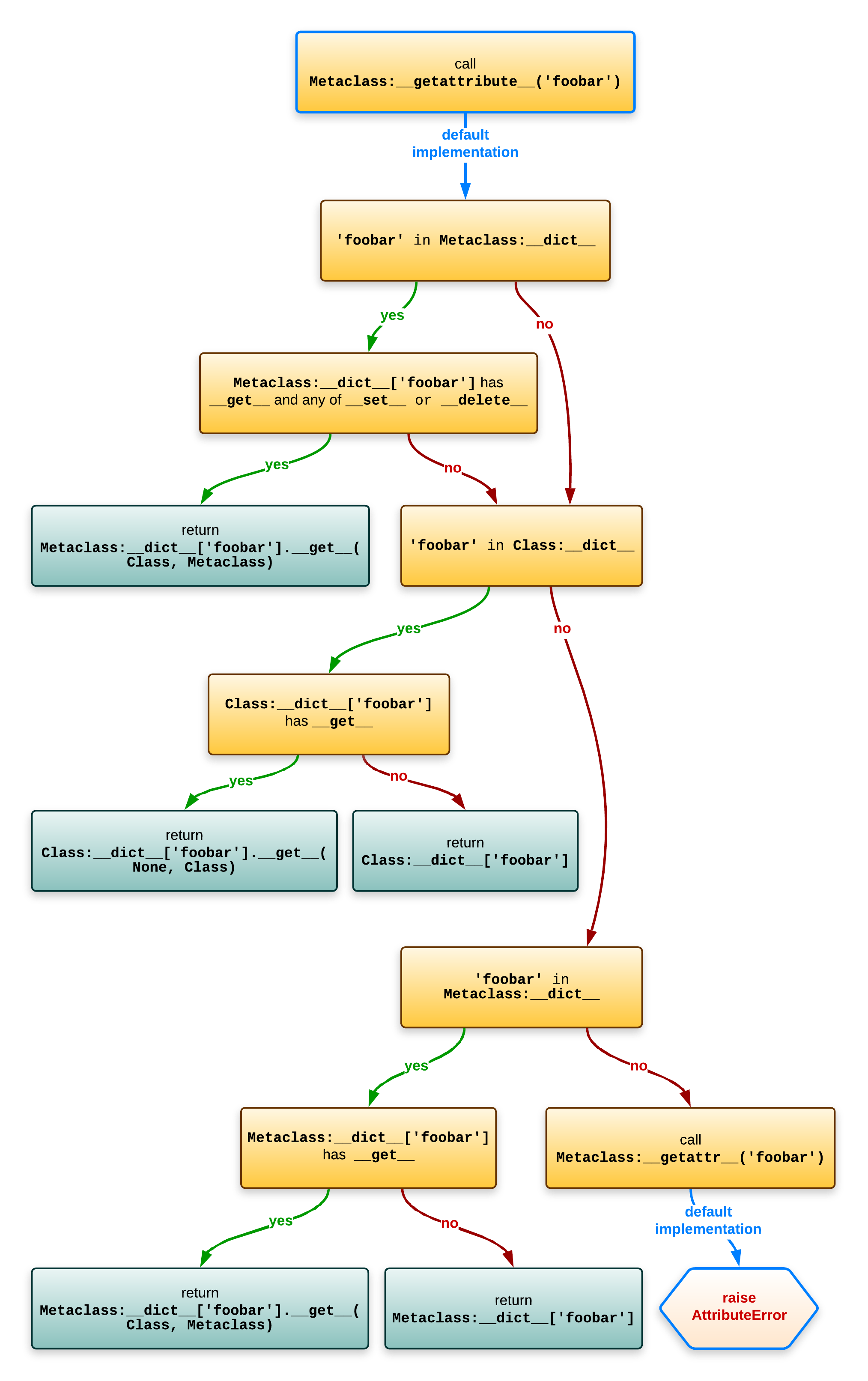Python 3 Class Slots
In this tutorial, we will try to understand slots in Python with a simple example.
It is a mixture of the class mechanisms found in C and Modula-3. Python classes provide all the standard features of Object Oriented Programming: the class inheritance mechanism allows multiple base classes, a derived class can override any methods of its base class or classes, and a method can call the method of a base class with the same name. Class Reel(Enum): CHERRY = 1 LEMON = 2 ORANGE = 3 PLUM = 4 BELL = 5 BAR = 6 SEVEN = 7 and then use Reel.CHERRY, for example, in the future. This also helps avoid magic numbers. If you don't have Python 3.4 or later you'll have to make your own homegrown Enum class, or use something like.
In Python, we use __dict__ function to store the object attributes. This allows setting new attributes at runtime.
The function __dict__ acts as a dictionary. It doesn’t have a fixed number of attributes stored. One can add attributes to the dictionary after defining them but dynamic adding of attributes to a class is not possible in built-in classes like ‘int’ or ‘list’ etc.
Python 3 Class Tutorial
However the above function takes up lesser spaces but also, this leads to the function taking up a lot of space in RAM(if thousands and millions of objects are there).
To solve this limitation, we have __slots__ in Python. It provides a static structure not allowing adding attributes after the creation of an instance. __slots__ saved about 9GB RAM.
To define __slots__, one has to define a list with the name ___slots__ which would contain all the attributes to be in use.

Let’s learn slots in Python with a simple piece code.
__slots__ in Python
Looking for a concise but thorough explanation of what Python 3's self means? What init in classes does? What Class Objects and Instance Objects are an.
NOTE: ONE SHOULD DECLARE A PARTICULAR SLOT ONE TIME IN A CLASS. AN ERROR WON’T OCCUR IF THIS IS NOT FOLLOWED BUT OBJECTS WILL TAKE UP MORE SPACE THAN THEY SHOULD
(36,44)
In the above program, __slots__ is used in the class Right only once declaring a particular slot one time in the class. While the opposite happened in class Left thus declaring three slots at one time. Thus the size of the class Right is 36 which is lesser than 44 (size of class Left).
In the above programs, the line “__slots__= ……..” is to define the slots and “def __init__” we define or instantiate the values.
Also lastly, __slots___ was actually created for faster attribute access.
Leave a Reply
You must be logged in to post a comment.

Slots


Introduction
Python 3 Class Constructor
The attributes of objects are stored in a dictionary '__dict__'. Like any other dictionary, a dictionary used for attribute storage doesn't have a fixed number of elements. In other words,you can add elements to dictionaries after they have been defined, as we have seen in our chapter on dictionaries. This is the reason, why you can dynamically add attributes to objects of classes, you have created.
We recommend to continue with our chapter 'Python3 Slots' of our Python3 tutorial. It's compatible with version 2.x anyway.